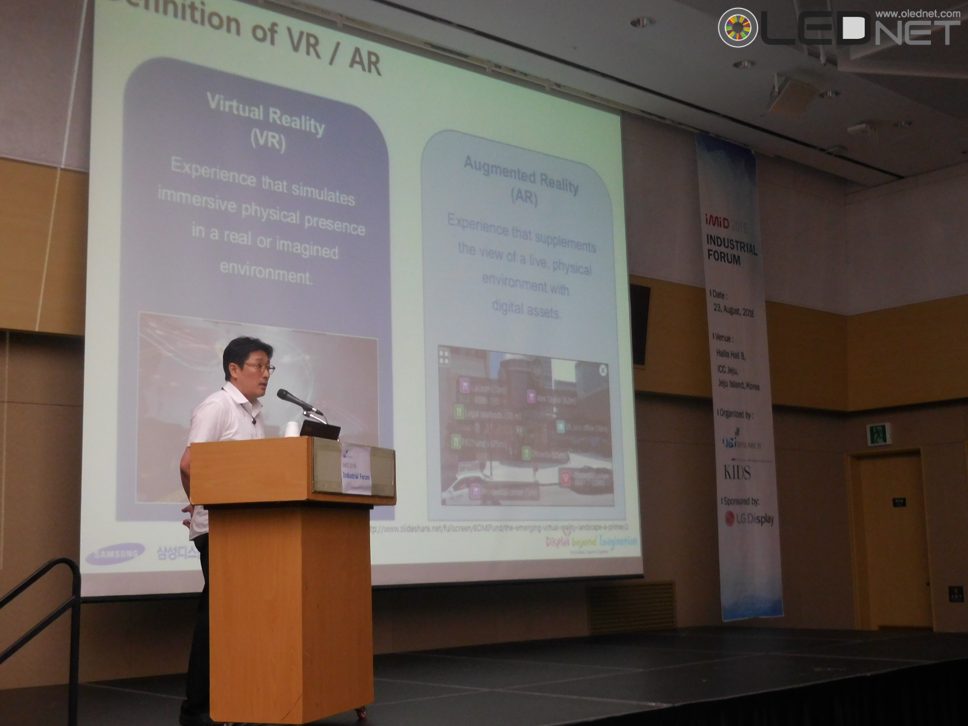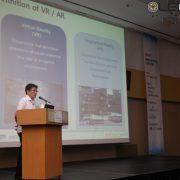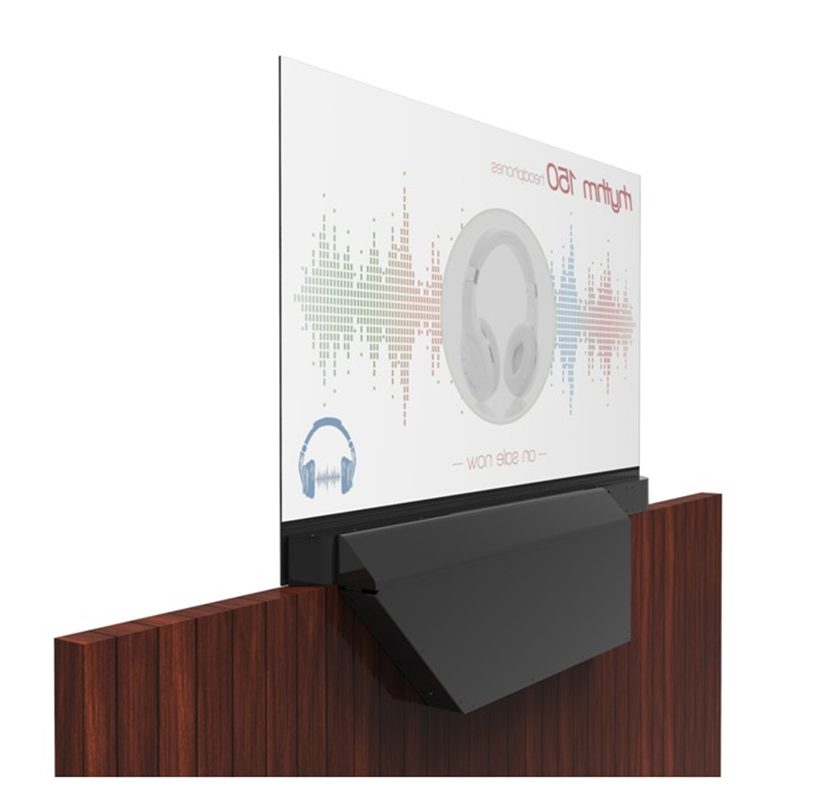Samsung Display Principal Engineer, “VR∙AR will become comparable to 3D TV?”

Samsung Display’s R&D Center principal engineer JongSeo Lee
Hyunjoo Kang / jjoo@olednet.com
Samsung Display’s R&D Center principal engineer JongSeo Lee suggested that VR∙AR market is an optimistic one unlike the 3D TV market of the past.
During the Industrial Forum held in ICC Jeju of South Korea, Lee gave a presentation titled ‘Introduction of Display Technology for VR/AR’, and mentioned concern from some sectors that the VR∙AR market will walk the same path as the 3D TV market.
Lee explained that the 3D TV market did not become vitalized due to the limits on contents production and 3D conversion technology, low quality of 3D display, lack of standards, etc. However, for VR∙AR market, contents and hardware such as Pokemon Go and HoloLens have arried, and many companies are active in this sector. Lee’s explanation is that leading companies including Apple, Microsoft, Intel, and Facebook are actively investing for VR∙AR sector and ecosystem is forming.
Using the Goldman Sachs materials, Lee emphasized that VR∙AR market will record USD 85,000 million by 2025. Furthermore, he explained technical characteristics of OLED, suitable for VR and AR, pointing out that transparent OLED is the key solution for AR technology actualization. He explained AR as the digital experience added to the actual physical environment or live screen, and transparent display actualizes this.
Compared to LCD, OLED has higher transmittance, and is considered the optimized solution for transparent display. For transparent OLED actualization, Lee told the audience that cathode with high transmittance and low resistance is needed and substrate should be able to withstand heat and be flexible. Metal types can be applied to the transparent area of the transparent display to produce mirror display. With this, AR can be experienced even using the form similar to mirrors. For this Lee added that high reflectance level and high color gamut are required.



